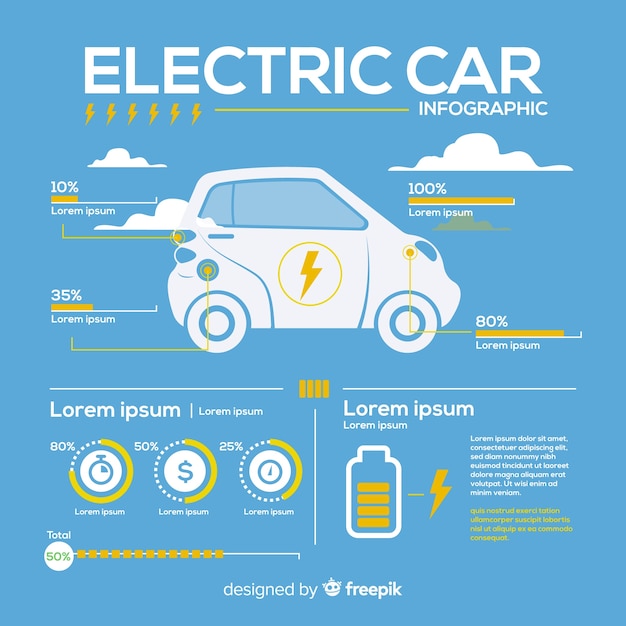Harnessing the Power of Hybrid and EV Powertrain Testing

Randal Beattie from Sakor Technologies discusses how to make the most of hybrid and electric vehicle powertrain testing for better efficiency.
In the last ten years, interest in hybrid and electric vehicles has skyrocketed across sectors like automotive, military, aviation, and even space systems. To achieve the efficiency and eco-friendly benefits these vehicles offer, it’s crucial to conduct specialized testing on their drivetrains and components during both design and manufacturing stages.
Hybrid and electric drivetrains have unique features that set their testing apart from traditional internal combustion (IC) systems. One standout feature is regenerative braking, which generates power during braking and stores it in the vehicle’s battery. This process involves complex AC inverter technology and often more intricate transmissions.
Additionally, these vehicles typically contain multiple small onboard computers, known as module control units (MCUs), that manage major systems like the engine, transmission, and charging system. Effective testing requires a system that can communicate with these MCUs via high-speed in-vehicle networks, making the testing much more complex compared to IC-only systems.
The good news is that there is advanced technology available to support proper testing and to capture the energy efficiency benefits promised by hybrid and electric vehicles. Plus, this testing technology is itself energy-efficient, helping to reduce operational and maintenance costs and contributing to the overall environmental performance of the vehicles.
Stages of Driveline Testing
Driveline testing for hybrid or electric vehicles is carried out in several stages during development, each playing a crucial role.
Engineering Testing
Design engineers rely on precise measurements to maximize efficiency in their vehicle designs. Most vehicles with hybrid or electric systems use three-phase AC motors powered by inverters. To measure this power accurately, sophisticated power analyzers are necessary, given the high harmonic content involved. These test systems are complex and need to test and coordinate many different elements.
In-Process and End-of-Line Testing
End-of-line testing in manufacturing verifies that no defects have crept in during production and that components meet specifications. This includes operational validation, quick performance checks, and rigorous tests to ensure high-voltage systems are properly isolated for vehicle safety.
In-process testing is also employed along the production line to test partial assemblies. This step improves manufacturing efficiency and greatly reduces the likelihood of faulty components making it into the finished product.
Quality Control Testing
Quality control (QC) testing is conducted on a sample of components to ensure they perform within the specified range and are free from defects. For instance, a forklift company might perform QC testing on a batch of imported electric motors destined for its forklifts. This testing confirms the shipment meets specifications and won’t have high failure rates.
QC testing systems are generally less complex compared to engineering systems, as they don’t need to measure as many items or require the same level of accuracy.
Regenerative Braking
One key feature of hybrid or electric vehicles is their use of regenerative braking, which … [content cut off].